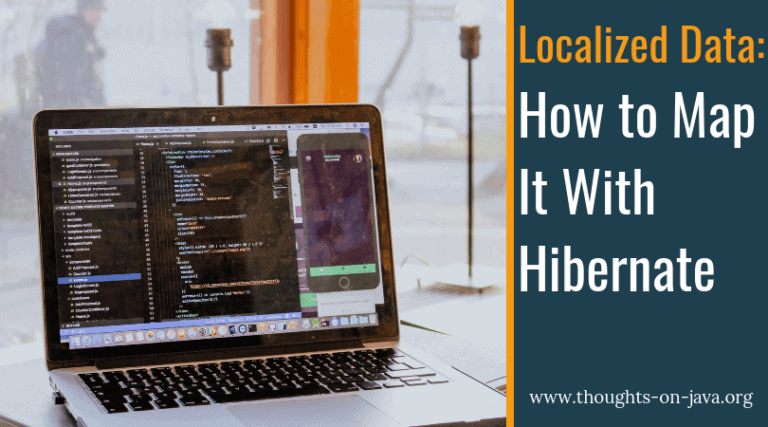5 Primary Key Mappings for JPA and Hibernate Every Developer Should Know
Mapping a primary key column with JPA and Hibernate is simple. You just need to add an attribute to your entity, make sure that its type and name match the database column, annotate it with @Column and you’re done. You can then use the primary key to load the entity, and Hibernate sets the primary…





